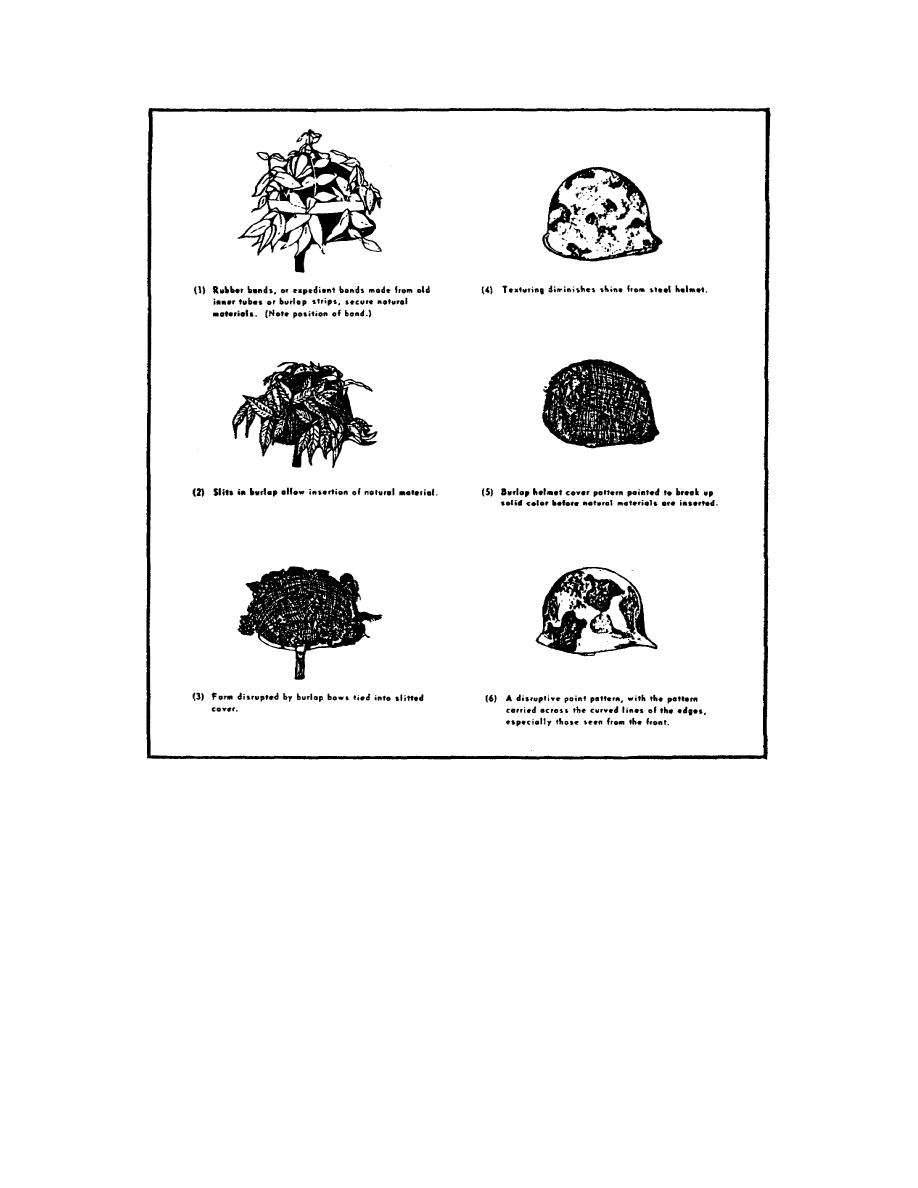
Figure 7-3. Techniques for Camouflaging Helmet
Improvised helmet cover can be made from circular pieces of onasburg, burlap, or other cloth, 20
inches in diameter. A 1-inch hem is sewn around the edges. A drawstring is pulled through it, and the
whole cover is pulled tightly onto the helmet. Discarded sand bags, because of their size, make
excellent improvised covers. The covers, regardless of what they are made of, should be painted to
break up the solid color. Two inch slits are cut in the cover to allow for the insertion of foliage or
boughs. No matter what kind of helmet camouflage is used, it is incomplete if the shadow beneath the
helmet is not broken up by arranging a bit of foliage or garnishing so that pieces of it hang over the rim
of the helmet. Small irregular pieces of cloth, similarly arranged, will accomplish the same thing.
MP2010
7-4



 Previous Page
Previous Page
